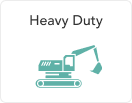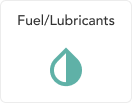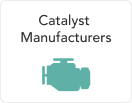By Dr Andrew Pedlow, Principal Engineer, CATAGEN
Introduction
The reformer testing sector plays a pivotal role in the development of Solid Oxide Fuel Cells (SOFCs). However, it faces a series of intricate challenges that necessitate innovative solutions to drive industry progress. In this document, we delve into the key challenges confronting reformer ageing for SOFCs and explore the imperative need for novel approaches.
1. Insufficient Data on Catalyst Reformer Longevity
A fundamental challenge in the reformer testing sector revolves around the limited availability of data on catalyst reformers that have completed their useful life, which typically spans up to 100,000 hours of operation. Understanding how reformers perform over this extended duration is vital for the optimisation of their efficiency and durability.
The scarcity of such long-term data hampers our ability to make informed decisions regarding reformer design, materials, and maintenance protocols. Without comprehensive insights into the life-time performance and performance deterioration of reformers as they age, we cannot adequately optimise their efficiency and performance.
2. Elevated Gas Usage Costs During Long Durability Ageing Phases
The required ageing time, which could extend to 10,000hrs means gas consumption and its associated cost are significant factors to consider. The associated cost implications represent a substantial hurdle, increasing the need for further efficient and cost-effective testing methodologies. High gas consumption during ageing phases not only increases operational costs but also places financial strain on research and development budgets.
Mitigating these cost challenges is essential for organizations aiming to optimise their testing processes. Cost-efficient testing methods are not only fiscally, but also environmentally responsible and enable resources to be allocated more effectively to other critical areas of research and development.
3. Accelerating Time to Market
Reducing the time required for testing and validation without compromising accuracy is pivotal in gaining a competitive edge in the SOFC industry. The prolonged testing and validation phases can delay product development, slow down innovation, and hinder market entry.
A swift transition from research and development to market deployment is vital for organizations striving to remain at the forefront of the industry. This calls for innovative strategies that streamline testing procedures and accelerate the development of reformers for SOFCs.

Innovative Solutions for a Forward-looking Sector
In response to these formidable challenges, the reformer testing sector must embrace innovative approaches that drive progress, enhance cost efficiencies, and expedite product development timelines. These solutions may include:
1. Long-term Data Collection Initiatives
Collaborative efforts to collect and share data on reformer performance over extended periods can address the scarcity of longevity data, benefiting the entire industry.
2. Efficiency Improvement Strategies
Implementing measures to reduce gas consumption during testing, such as optimising testing protocols and equipment, can alleviate cost challenges, thus enabling accelerated testing and validation without the need for lengthy and costly ageing phases.
3. Cross-functional Collaboration
Collaboration among experts from various fields, including materials science, engineering, and data analytics, can lead to holistic solutions that tackle reformer ageing challenges comprehensively.
The challenges facing reformer testing for SOFCs are indeed formidable, but they also present an opportunity for innovation and collaboration. By addressing these challenges head-on, the industry can usher in a new era of efficient, cost-effective, and rapidly deployable reformers, further propelling the advancement of Solid Oxide Fuel Cells and sustainable energy solutions.
More Content:











